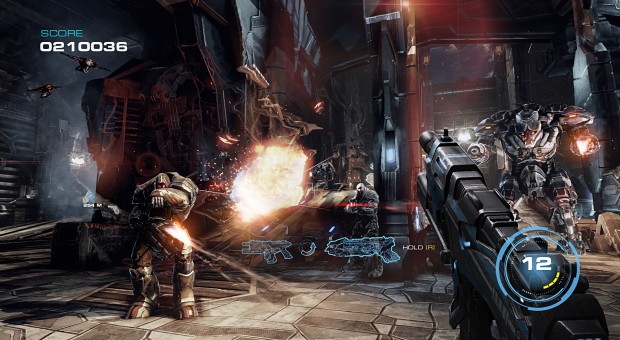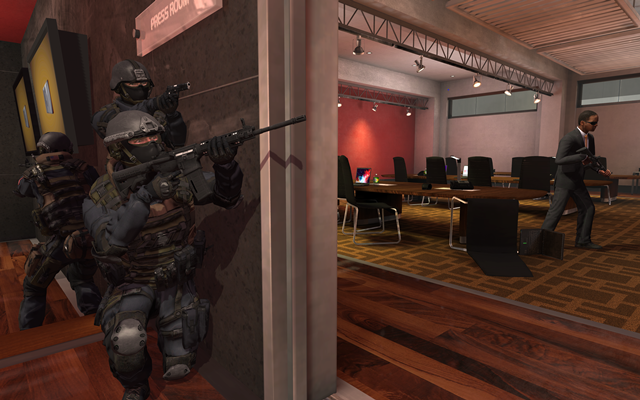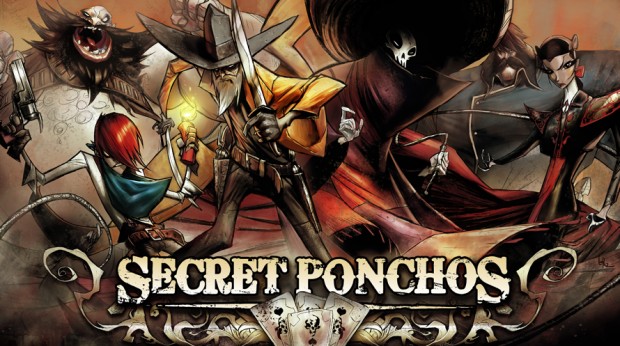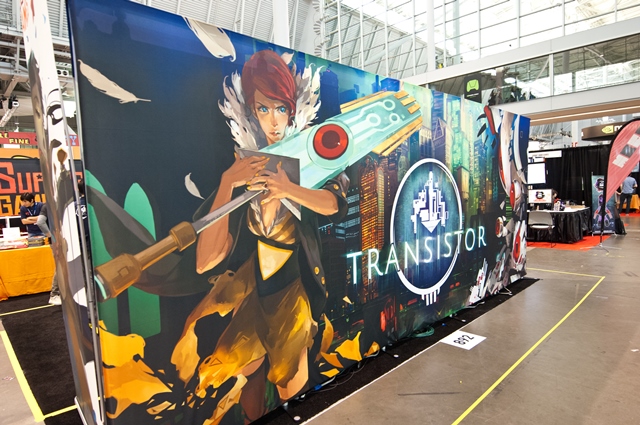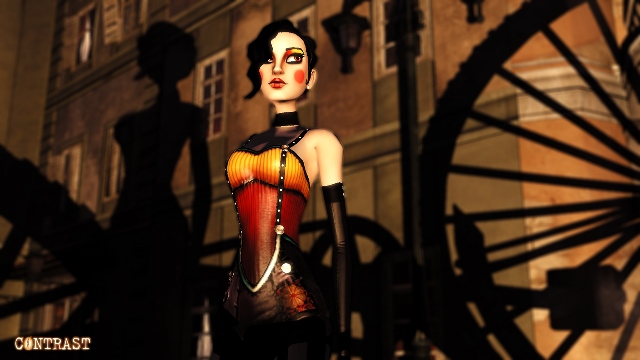 12 years ago
12 years ago
Contrast preview: in the shadowplay
“So the basic idea being, what would happen if you could become your shadow, and I’ll start walking on shadow lines in the world. That really, at its core is where the game concept first evolved. In the same way as Portal, I wanted to create a mechanic that really fit well and [you could] learn well. So something that had enough depth that as long as there is a light source in the game you can become a shadow and use this mechanic in several ways.”
This is how Compulsion Games Studio Head Guillaume Provost presents his game to XBLAFans and a smattering of other members of the games media. He does it behind closed doors at Contrast‘s Electronic Entertainment Expo booth. It’s a little backwards. Having played the demo half an hour ago, I’ve already walked on the shadow lines to which Provost refers. I’ve already manipulated the power of light to illuminate a cabaret stage and subsequently born witness to a less-than-harmonious meeting of lovers after the close of the show for which I played at stagehand. I’ve already become a shadow to platform across the dark contours of merry-go-round horses at an eerily deserted circus in an old town.
Now, after they’ve already been experienced, these things are explained for the first time, and that leads into some questions. Chief among our curiosities are finding out who these characters are and what it means when they become shadows. Provost and Complusion’s public relations and community man, Sam Abbott, are mostly forthcoming with the answers. Mostly.
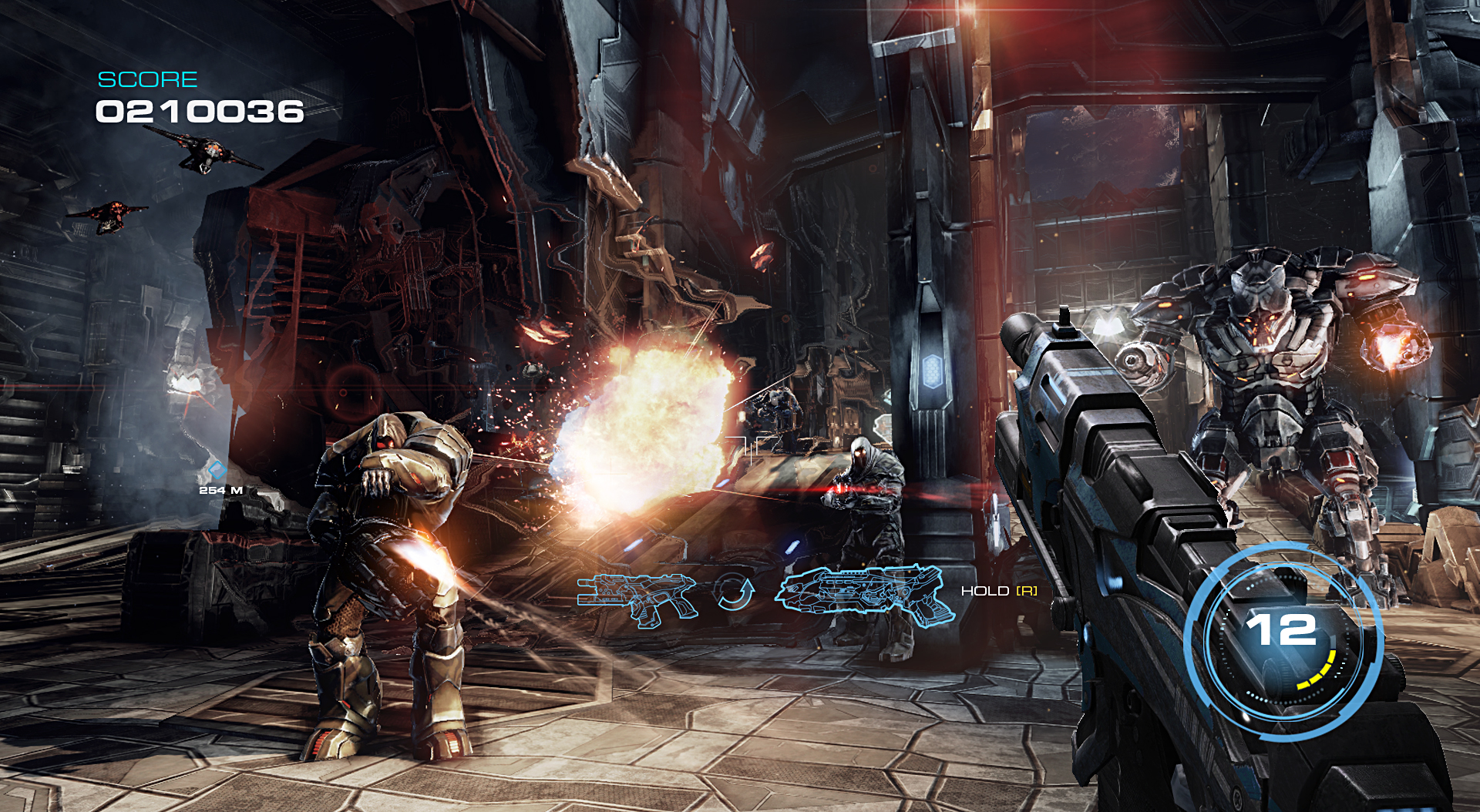 12 years ago
12 years ago
Alien Rage attempts to pair modern conventions with old-school speed
Standing in front of a PC demo station at E3, City Interactive Creative Director Steve Skelton describes Alien Rage to XBLAFans as a shooter that takes “the modern sensibilities of shooters — you know, control setup, mechanics, and applying the old-school fun and games, run and gun, frenetic action to it.” Unfortunately for fans of that style game, that pairing has considerably slowed down the raw speed of Unreal Tournament and Quake III (the “old-school” games mentioned by the developers as inspiration) to create space for those modern sensibilities.
Alien Rage takes place on a space station in which something has gone horribly wrong – the premise is not unlike that of the first episode of the classic Doom. There are no hellspawn here, however. The playable level pitted us against aliens that might remind older players of the first Predator film, complete with invisibility on a select few of them (these cause distortion to the surrounding air and environment, a particularly nice effect).
Since so much of City Interactive’s efforts were spent attempting to channel the magic that makes Unreal Tournament such a fondly remembered classic, it’s worth exploring some of those elements more specifically. Part of what made the late-90s/early-2000s generation of PC shooters what they were was that there were no limitations on the number of weapons a player could carry, which allowed players to be extremely creative in finding solutions to problems. Taking out an enemy around a corner in Unreal Tournament could be accomplished by setting a series of traps down with the bio-rifle, by bouncing a grenade off of the far wall or by detonating a shock rifle combo that would reach around the corner with its massive explosion.
Alien Rage limits the number of available guns to two, following the conventions of more modern shooters such as the Halo series. This means that while the player may have up to two or three different strategies for any given encounter, the full range of options will never be simultaneously available.
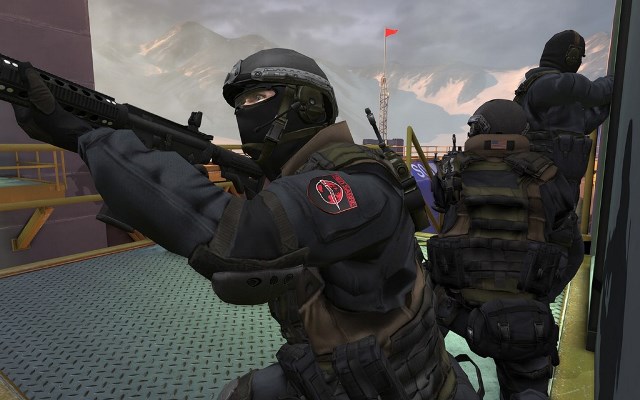 12 years ago
12 years ago
Takedown: Red Sabre preview: This is your father’s Tom Clancy
He knows what he wants, Christian Allen does. He’s known since the start. Even before the start, actually. Before Takedown: Red Sabre’s 2012 Kickstarter campaign successfully raised over $200,000, Allen, creative director at indie development studio Serellan, knew he wanted to go back.
He wanted to take gamers back in time. Not too far, only a few years. Back to a time when “tactical” shooters felt more, well, tactical. They had realistic combat — or as close as video games of that could come to approximating it, at least. The Tom Clancy video games from early last decade didn’t play anything at all like the myriad Halo, Gears of War and Call of Duty releases that dominate today’s shooter market. Certainly there is nothing inherently wrong with the approaches those games’ developers have taken to creating an FPS. There is something wrong, though: most everyone else is trying to make the same games as them.
Not Allen and his team at Serellan. Allen knows what he wants, and it isn’t Halo or Call of Duty. Lucky for him, he seems to have a team that knows how to deliver it.
Being a team player
He estimates that the least amount of experience anyone at Serellan has is eight years. Each member of the team has shipped multiple shooters for multiple platforms. As for Allen, between 2002 and 2007 he worked for Tom Clancy factory Red Storm Entertainment on various titles in the Ghost Recon and Rainbow Six franchises — tactical shooters. I ask if that deep and varied shooter development background meant Takedown would feature a lot of different concepts.
“I wouldn’t say it’s about concepts, because we’ve had a really clear vision from day one about what we wanted gamers to experience,” Allen responds. “The great thing about the different devs is that we’ve all shipped at least a billion dollars in revenue of games and almost exclusively shooter titles. So I know, for example, our weapons artist, our character artist, our environment artist — they know how to build shooter levels and content that works, so I can really fire and forget.”
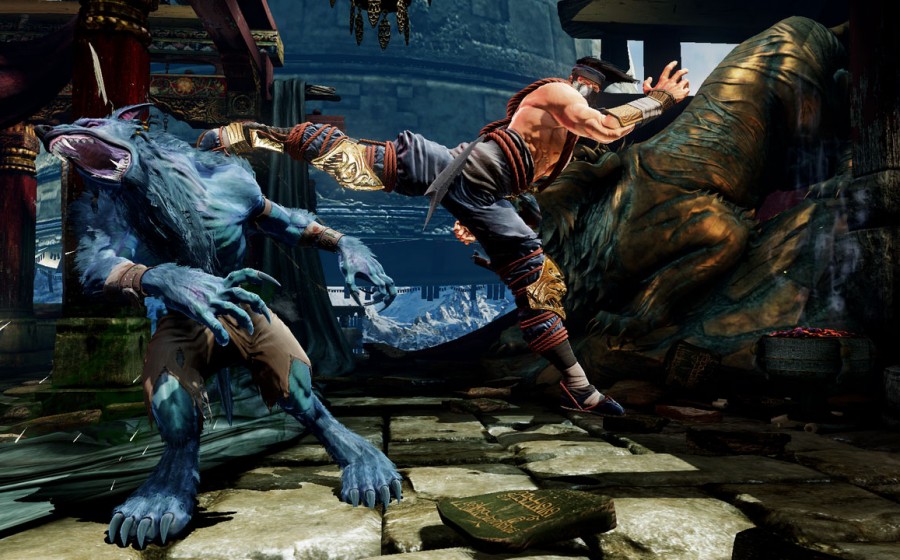 12 years ago
12 years ago
Killer Instinct poised to be a killer exclusive for Xbox One
The first punch of the next generation of fighters has been thrown, by a classic franchise returning in top form.
Read More
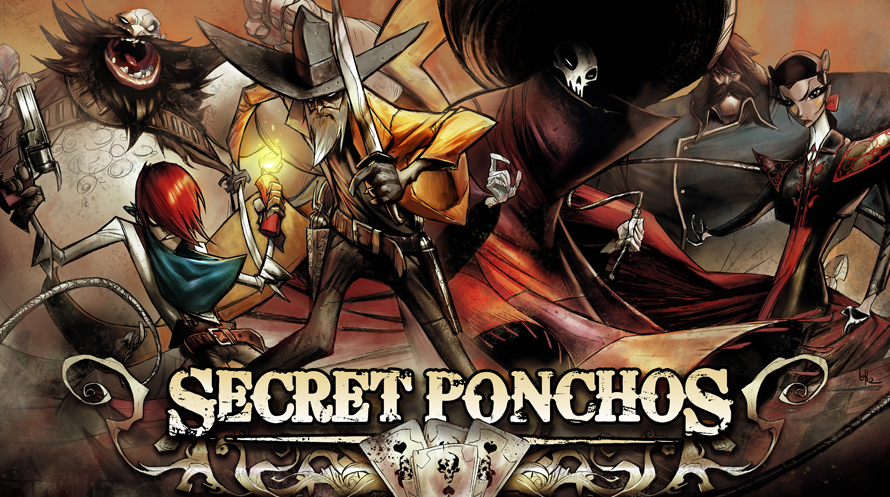 12 years ago
12 years ago
Secret Ponchos and the virtual Wild West
Generations after the release of Sergio Leone’s classic western movies, two game developers from different companies sat back to listen to the iconic music. As the trumpets sang of the modern gladiators pining for infamy, these gamers looked at each other and instinctively thought, “We have to make a fighting game out of this.”
This is more or less what Yousuf Mapara told us back at PAX East where his studio, Switchblade Monkeys, showed off Secret Ponchos, a game has grown from a clubhouse hobby project to a unique take on competitive multiplayer.
After a brief look, we instinctively described it as a third-person isometric-action twin-stick shooter. “Yeah, that’s a cool way of describing it,” Mapara, the game’s creative director, agreed. “You know, it’s a hard game to describe, because you can’t say it’s a team shooter, you can’t say it’s a fighting game, you can’t say it’s a MOBA, but it has a little bit of everything. That’s what we like — we made up something that’s its own thing, but once you play it it feels really natural. It’s reminiscent of something… but I don’t know what it is.” Read More
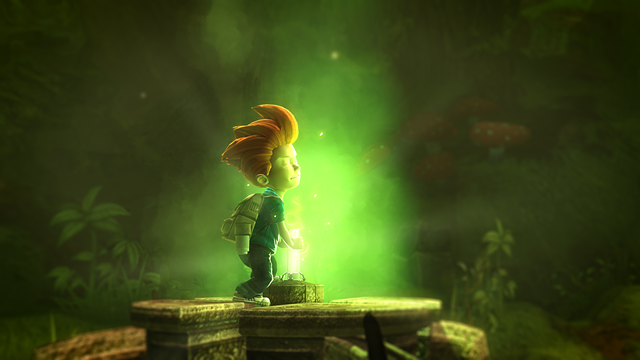 13 years ago
13 years ago
Max: Curse of the Brotherhood preview: Imagining a world without miniguns
Max is your typical late-80s/early-90s video game or cartoon hero. He’s an adventurous young boy, colorfully drawn to life with a an oversized golden mane and a t-shirt that bearing a prominent reminder of the letter his first name begins with. He lives in a picturesque home in a neighborhood that is presumably full of residents who don’t know the meaning of the words “overcast” and “precipitation.” At the start of his adventure, a monster arm that’s more adorable than scary reaches out of his closet and nabs the little brother whom Max had just been fighting with. This event signals the beginning of an adventure that will see Max running through bright and varied environments and jumping over obstacles in his path.
But this isn’t the late ’80s. Nor is it the early ’90s. This is 2013. And in 2013, game and cartoon characters have guns. Usually big guns. Take, for example, one of XBLA’s most recent releases, Far Cry 3: Blood Dragon. Ubisoft’s ’80s love letter sealed with the blood of the titular dragons went so far as to give the player a minigun. Max: The Curse of the Brotherhood, however, does nothing of the sort.
“One of the things that is very appealing about this game is that Max isn’t armed with a minigun or a samurai sword, but he has this ability to control different kinds of materials that are in themselves not very dangerous,” says Mikkel Thorsted, studio director of Press Play, the developer behind Curse of the Brotherhood. “Basically he is armed with his imagination and wit, so basically when you encounter danger you have to outsmart the villainous henchmen. You have to outsmart them and lure them away, and stuff like that.”
 13 years ago
13 years ago
Busting a groove with Beatbuddy
The 2013 PAX East show floor was rife with crazy crowds clamoring for a chance to play the big games, but one odd figure stood out from the crowds. Imagine if Barney the Dinosaur had a little brother who forewent the path of children’s education and instead pursued hip beats, melodies and orchestrations of the newest, coolest music. That was Beatbuddy, the instantly lovable yet perplexing character rocking the show floor.
Nobody knows exactly who or what Beatbuddy is, but we do know that he lives inside a world where everything is musical. However, the Prince of Music, monarch of the music world, is so caught up in his fame and glory that he neglects a treacherous infestation of parasites corrupting the natural music ecosystem. Now, it’s up to Beatbuddy to step in and restore harmony (literally) to the land.
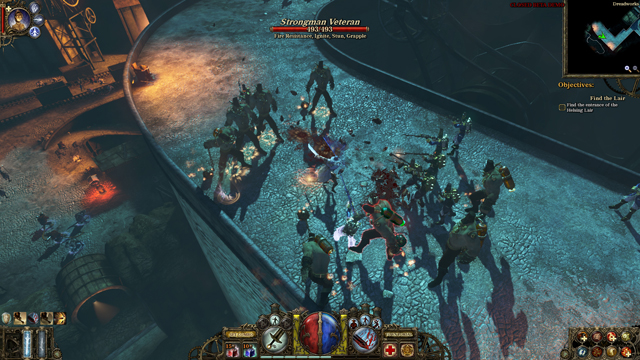 13 years ago
13 years ago
The Incredible Adventures of Van Helsing: Of monsters and men
The Incredible Adventures of Van Helsing touts everything you’ve come to know and expect from an action-RPG. It’s loaded with skills and spells, collectible weapons and armor, quests and discoveries. Sure, it’s reminiscent of those that have come before but, Van Helsing is its own beast, steeped in rich lore with enough innovation to strike out on its own. But what’s so incredible about the adventures of Van Helsing?
“The atmosphere, I think it’s very special,” says Linda Bozoradi, one half of the public relations conduit for Neocore Games. The other is Orsolya Toth, and both have been leading us through the brooding introduction to Van Helsing.
“A steampunk universe in an action-RPG is not a common thing,” Toth states. She’s not wrong. The world of Van Helsing is a strange one. Stuck somewhere between the mystical ways of the old world and the mechanical wonders of modernization.
The cinematic prologue sets the stage as a winding red line curves across a parchment map of Europe. It snakes through Paris, Venice, around the southern tip of Greece and through Istanbul. Each location accompanied by brief descriptions and hand-drawn renditions of an encounter in the region: Gaston the Butcher, The Shadow Casino, the Crimean War Dragon and The Krakken. As the latest in the long line of monster-hunting Van Helsings, our protagonist narrates these adventures, revealing his current assignment in the form of a mysterious letter asking for his family’s famed assistance in the land of Borgovia.
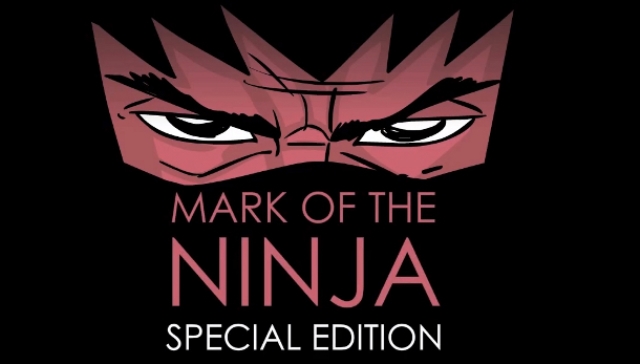 13 years ago
13 years ago
Mark of the Ninja Special Edition preview: A (mostly) harmless punch in the dark
“So, you guys wanna…play my game?” Mark of the Ninja Lead Designer Nels Anderson asks in a playful voice, his brow raising inquisitively and his hips swinging side to side in rhythm with the last three words of his question. It makes for a silly little dance that the XBLAFans crew gathered around him can’t help but laugh at. We’re about to play a stealth game tucked inside the walls of the Indie Megabooth here at PAX East, but Anderson, with his improv dance move, doesn’t exactly come off as sly.
No, Anderson can’t or won’t bring himself to be sneaky about Mark of the Ninja: Special Edition. His excitement over having us play his latest creation is such that he’s not going to follow in the silent footsteps of the game’s titular ninja. So he doesn’t lurk back in Klei’s personal Indie Megabooth crevice; he’s energetic, and it’s not long before he puts a controller in my hands. Now our attention turns to the screen where all of the requisite sneaking will be performed.
Whereas its contemporaries have tended to make the ninja into an action hero who’s so far over the top that he’d likely make the cast of The Expendables blush, Mark of the Ninja has always emphasized the ninja as a virtually unseen agent of death and/or stealthy sabotage. Whether approaching levels as a killer who isn’t detected until its too late or an infiltrator who isn’t detected at all, players had to stick to the shadows and remain as invisible as possible in order to achieve any kind of measure of success. It was a great system, but one that meant enemies presented but two choices: players could kill them or avoid them. Mark of the Ninja: Special Edition adds another option to the mix.
 13 years ago
13 years ago
It’s Red’s turn in Supergiant’s Transistor
It beckons, and you respond. What else would you do? It’s not as if an abundance of other options manifest themselves, really. Your surroundings tell you it will be dangerous to go alone without it, and “it” even goes so far as to articulate its desire to become your traveling companion.
You seem to have just missed some sort of a skirmish, and at least one person ended up dead during the fighting. Someone, presumably the killer, has conveniently left the enormous techno-sword that felled the recently deceased implanted firmly in the poor fellow’s torso. The transistor speaks; it beckons, and you respond. What else would you do?
You relieve its most recent victim of the burden of bearing it any longer, and Supergiant Games’ Transistor begins proper. Red — the beautiful, slender former songstress who was introduced a moment ago in a cut-scene colored as much by her fiery hair as by her heavenly singing — seems a strange choice to wield something so powerful, so…cumbersome. If appearances are to be trusted, Red’s but a delicate thing, not suited to wield such a large weapon. But wield it she does. She hefts the blade with two hands, letting its considerable girth drag behind her as if she were auditioning for the role of leading man in a JRPG from a bygone era.
Swinging the thing reveals that its weight matches its size. Red arcs the chatty transistor over her head and brings it crashing down in front of her with considerable effort. You feel its weight as she does so. It slows Red, restricting her to trotting at only a moderate pace around this futuristic world that is somehow simultaneously flooded with artificial light and dark and foreboding. Her attacks feel deliberate and powerful as they smash the robotic aggressors that spawn before her to bits.
The robots are part of something known as “the Process,” and they want it back. They want the transistor that was so negligently left behind earlier. The transistor has much to say, but its (his?) words are cryptic, leaving you with many questions. What is the Process? What is the transistor? Who is Red, for that matter? Do she and the transistor know each other?


